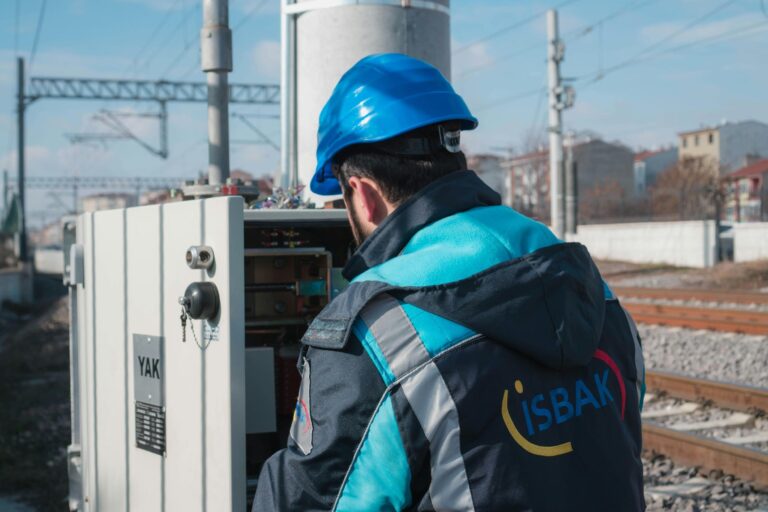How To Store Your Food & Water Securely In Cold Temperatures
Times have been tough on the restaurant industry, as the COVID-19 pandemic has forced a lot of small businesses to make tough decisions to keep afloat. Along with safety measures put in place by COVID protocols, the importance of food safety continues. Keeping food at proper temperatures is what keeps it from spoiling, and potentially causing illness to any consumers. It all starts with a proper cold storage facility.
The Importance of Cold Storage
Cold storage keeps perishables usable and ready for consumption. Many think of cold storage commercial in Canada as it relates to meat, dairy, and produce, but cold storage units can even be used to transport live plants, paintings, and, fitting for the moment, vaccines. It’s important for these commercial refrigerators and freezers to maintain a consistently cold temperature. Maintaining precise temps from delivery of the product to its arrival on the table for eating is known as the cold chain.
There are various types of refrigeration units. Mobile containers store smaller amounts, while cold rooms can store large quantities of products in supermarkets and convenience stores. Some food products require blast freezers to assure especially cold temperatures. After all, the temp at which you safely store milk and cheese at grocery stores is going to be different than frozen food products. Third-party providers will assess your cold storage needs as a business, determining the function and size range that is perfectly fit for your operation.
Understanding Refrigeration Temps
If you are using any foods that require refrigeration, be sure to put them in the refrigerator or freezer as soon as possible. The Food and Drug Administration (FDA) recommends a “two-hour rule” for leaving items needing refrigeration out at room temperature. This rule is cut down to one hour if the air temperature is above 90 degrees Fahrenheit. If you are uncertain about the proper temperature, check for storage directions on product labels. Many items other than meats, vegetables, and dairy products need to be kept cold. If you’ve neglected to properly refrigerate, it’s best to toss those items in the trash.
It’s important to keep appliances at the proper temperatures. Refrigerator temperatures need to stay at or below 40 degrees Fahrenheit. The freezer temperature should be at zero degrees. Be sure to check the temps of these appliances periodically, with most of these devices coming with thermometers. Besides proper temp, regular inspection for any spills or spoiled products can keep from bacteria growth and potential cross-contamination. It’s important to keep foods properly covered in containers and sealed storage bags to also maintain proper temps for these food items in cold storage.
Understanding Food Temperatures
Maintaining proper food temperatures is key to keeping a proper cold storage unit, and assuring the safety and wellbeing of anyone eating what you’re putting on the plate. According to the United States Department of Health and Human Services, there are certain timelines for each food item, regardless of the refrigeration being at 40 degrees Fahrenheit or less. For example, raw bacon has a timeline of one week when properly refrigerated and in its proper storage. Raw ground beef has just two days.
It’s also important to understand the timeline of cooked food in a fridge. Raw eggs can last three to five weeks inside a refrigerator, while hard-cooked eggs have just one week.
Even bottled water has a proper temperature for convenience stores and supermarkets to rely upon so that consumers can enjoy it properly. This is also impacted by the use of a plastic water bottle, as opposed to a glass bottle, for proper containment in cold storage. This goes for other beverages, especially those relying on CO2 for carbonation to prevent them from going flat.




